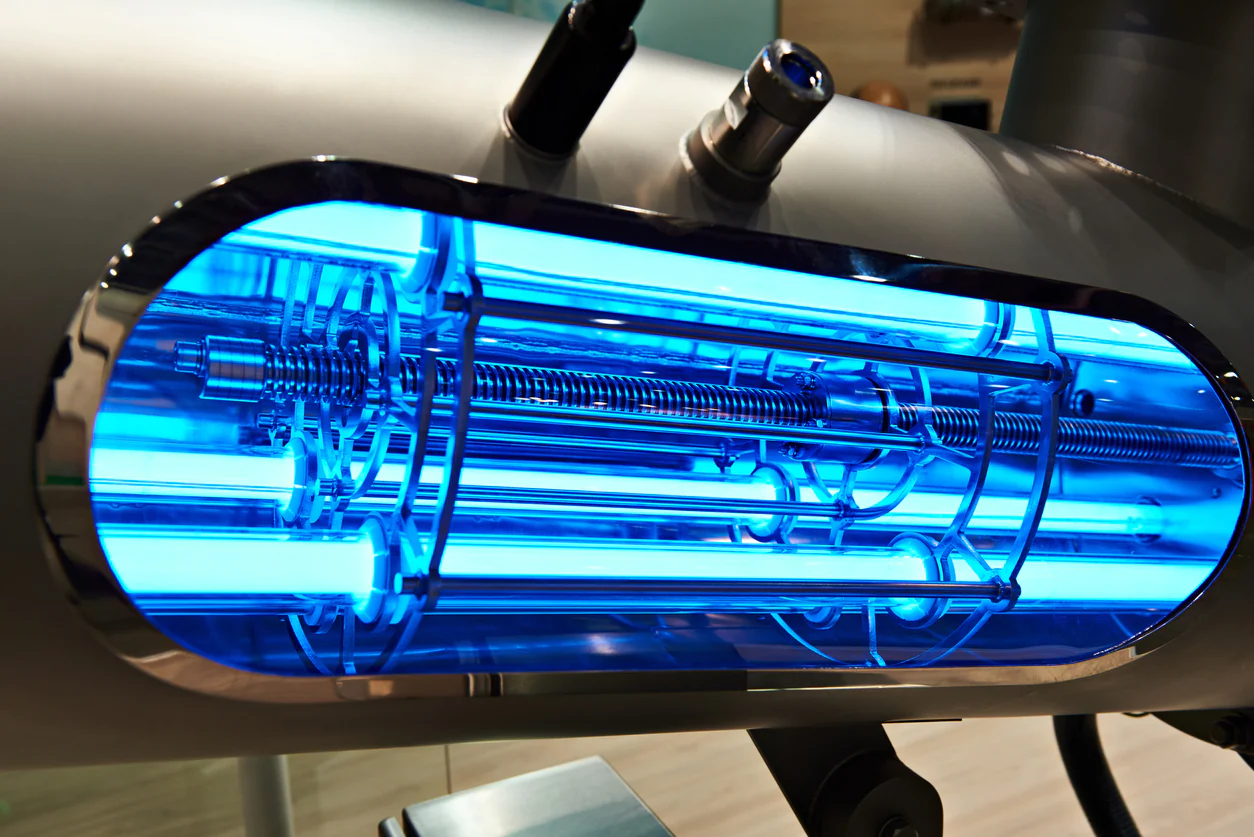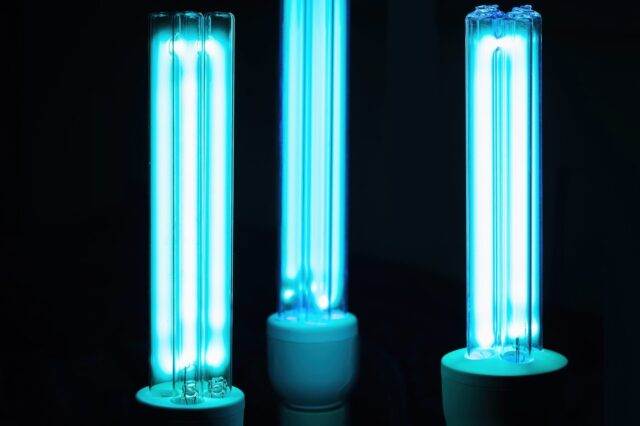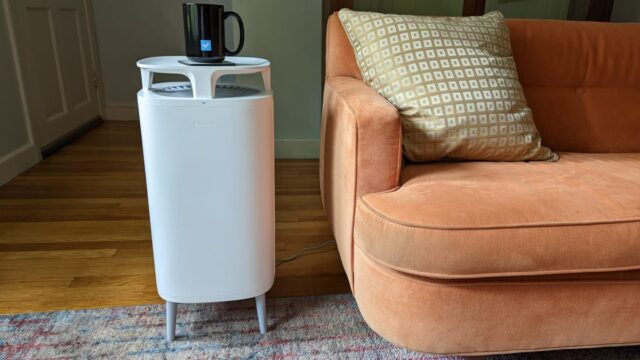
A UV air purifier can improve the quality of your indoor air, reducing the risk of respiratory illnesses such as asthma and allergies. This device utilizes UV light to eliminate airborne pathogens like bacteria, viruses, and allergens from the air. Proper maintenance is necessary for the optimal performance of your air purifier all year long. Here are some tips to help you get the most out of your purifier:
1. Clean the Filters Frequently
Some UV air filters have permanent filters, whereas others have replaceable ones. If yours has permanent filters, clean them every few weeks to keep your system performing optimally. An air purifier’s filters remove dust, pollen, allergens, and other foreign materials. With time, they can get clogged, reducing your purifier’s effectiveness and increasing the risk of air contamination. Find a professional to clean your filters effectively and safely.
Don’t forget about other components of your air purifier — your unit’s air vents and control panel can also collect dust over time. If not cleaned, the dust can enter the unit and affect its performance. Use a damp cloth to wipe down your unit’s exterior. Be careful not to allow water inside your purifier when cleaning, as this can interfere with its functioning.
2. Replace Your Filters

Running an air purifier with too much particle accumulation can affect air quality and strain your entire unit. This makes replacing the filters regularly beneficial. Manufacturers may recommend ideal intervals for filter replacement in their user manuals. Read your manual to determine when to dispose of your old filters.
Setting up a routine to replace your filters is the best way to remember to stay on top of it. People like to set up reminders based on external cues. Some like to change them when they get their air conditioner or heater serviced. Others prefer to make it around significant events in the family, such as birthdays or holidays. Better yet, set a reminder on your phone to help you remember to change them regularly.
No matter how you remember, replacing your filters is important. Be sure that you set up a consistent routine to keep your home as healthy as possible.
3. Replace Your Unit’s UV-C Lamps
A UV air purifier has UV-C lamps to kill airborne bacteria and viruses. These lamps can lose their effectiveness over time, making them inefficient and less beneficial. To replace the UV-C lamps:
- Turn off your unit and unplug it for safety.
- Remove your old lamps and replace them with new ones.
- Secure the new lamps in place for optimal performance.
Once you replace the lamps, your purifier will run well again and clean your air better. Staying consistent is important. The ideal replacement interval will vary depending on your unit’s model and usage. Contact your unit’s manufacturer to determine how frequently it is recommended to change your lamps, or look in the manufacturer’s guide for more information.
4. Don’t Overload Your Air Purifier

Overloading your purifier can decrease its efficiency and longevity. It can put extra strain on your unit, causing damage to the UV lamp or other internal components. Follow the manufacturer’s instructions on room size and load capacity to keep your purifier operating efficiently and effectively.
You can install additional ventilation in your home if you’re an avid smoker. Use a humidifier or dehumidifier to maintain optimal humidity levels in your home. Keeping your home’s humidity at the right level can prevent dust mites from thriving and mold from growing. This can reduce the burden on your air purifier, prolonging your unit’s lifespan.
5. Put Your Unit in the Right Location
An air purifier’s positioning can determine how well it functions. Place your unit in a central location to improve air quality throughout your home. Take note of the unit’s air intakes and outlets. Keep them a few feet away from the wall or large obstructions to allow air to circulate freely.
Stay safe by making sure you place your air purifier on a dry surface. Water can render your unit ineffective and increase the risk of electrical shock or fire.
Putting the unit in frequently used locations also brings more benefit than if they were left in a lesser-used room in the house. Rooms with higher traffic are often the locations with dirtier air. While you do not want to overload the purifier, it is also important that you are getting the benefits of having one.
6. Avoid Placing Items on Your Purifier

Placing items on your unit can obstruct airflow or disrupt UV light, limiting its purifying capabilities. The same is true if you surround it with too many objects. It can also damage your purifier’s exterior, leading to malfunctions or replacements.
Keep the area immediately surrounding your purifier clear. This helps to make sure the UV light reaches all areas that require disinfection in the room with less effort. It also means the unit will avoid damage and last longer, giving you more value for your money.
7. Pay Attention to Possible Signs of Damage
Be on the lookout for the following signs:
- The unit shuts itself off.
- The unit doesn’t shut on or off when prompted.
- The unit produces strange noises and smells.
Don’t run your air purifier if you notice such signs, as they could signal a damaged component. Continuing to use the unit can worsen the issue, leading to costly repairs or replacement.
If you suspect damage, it is important to stop using it until you can verify it is safe. Reach out to a professional to help you identify the problem and to get advice on the best course of action.
Take Care of Your UV Air Purifier
A UV air purifier can eliminate air pollutants such as pathogens and allergens, providing you with cleaner and healthier air. This may help prevent potential health hazards like illnesses and improve your overall quality of life. It is important that you maintain your purifier properly to optimize its benefits and durability.









